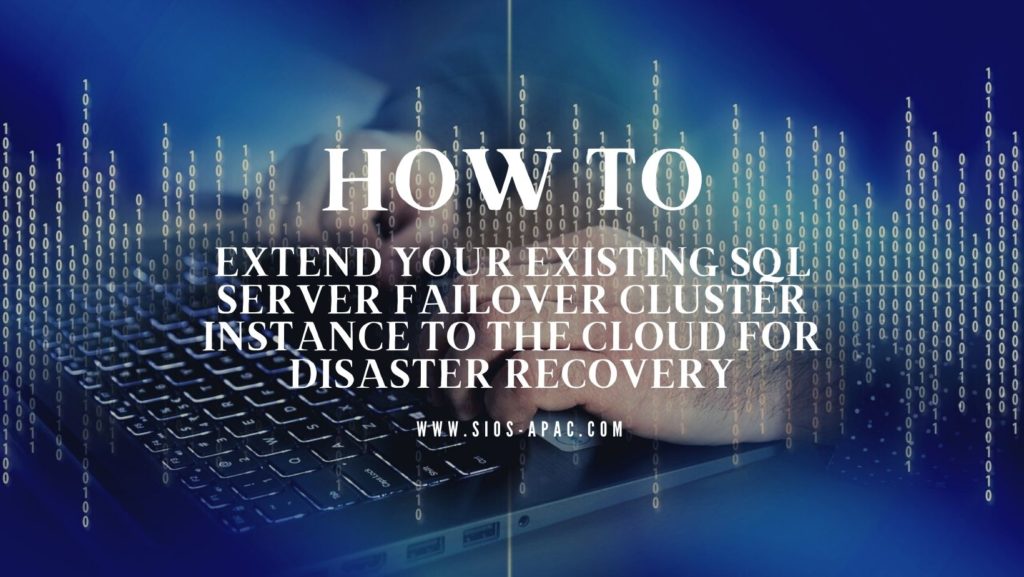Glossary of Terms: Linux Clustering
Definition: With Linux clustering, an application is run on one node, and clustering software is used to monitor its operation. If the software detects an issue, it moves operation of the application to the secondary node in a process called failover.
Reproduced from SIOS




